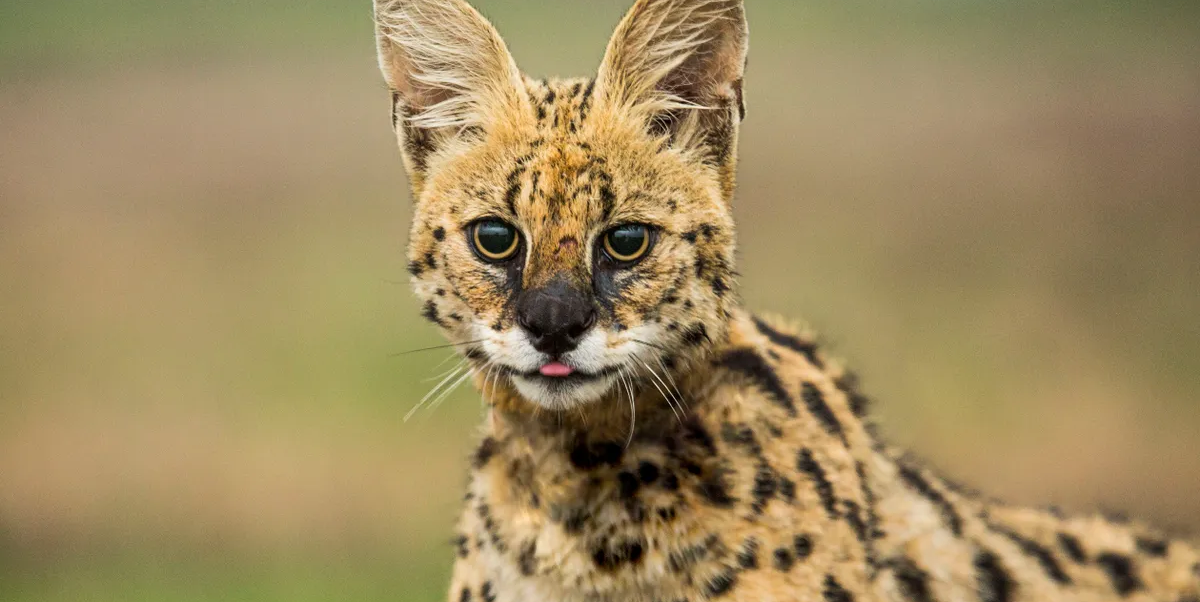Wild cats are among the most mesmerizing and enigmatic creatures on Earth. From the mighty roar of the African lion to the silent stalking of a snow leopard in the Himalayas, these predators have captivated human imagination for centuries. But how much do we really know about them?
In this comprehensive guide, we’ll explore 15 incredible facts about wild cats, diving deep into their biology, behavior, and conservation. Whether you’re a wildlife enthusiast, a student, or simply curious,
1. There Are Over 40 Species of Wild Cats

The Diversity of the Felidae Family
Wild cats belong to the Felidae family, which is divided into two subfamilies:
- Pantherinae (big cats like lions, tigers, and leopards)
- Felinae (small to medium-sized cats like cheetahs, lynxes, and ocelots)
Notable Wild Cat Species
- Big Cats: Lion, Tiger, Leopard, Jaguar, Snow Leopard
- Medium Cats: Cheetah, Cougar (Puma), Eurasian Lynx
- Small Cats: Black-footed Cat, Sand Cat, Ocelot, Margay
Evolution and Adaptation
Wild cats have evolved over millions of years, adapting to environments ranging from scorching deserts (Sand Cat) to freezing mountains (Snow Leopard). Their retractable claws, keen night vision, and powerful limbs make them supreme hunters.
2. The Cheetah is the Fastest Land Animal, But Not a True “Big Cat”

Speed and Hunting Techniques
- Top Speed: 70 mph (112 km/h) in short bursts
- Acceleration: 0 to 60 mph in 3 seconds (faster than most sports cars!)
- Hunting Success Rate: Around 50%, one of the highest among predators
Why Isn’t It a Big Cat?
Unlike lions and tigers, cheetahs:
- Cannot roar (they purr and meow like domestic cats)
- Belong to the Felinae subfamily
- Have semi-retractable claws for better grip while sprinting
3. The Black-Footed Cat is the Deadliest Hunter
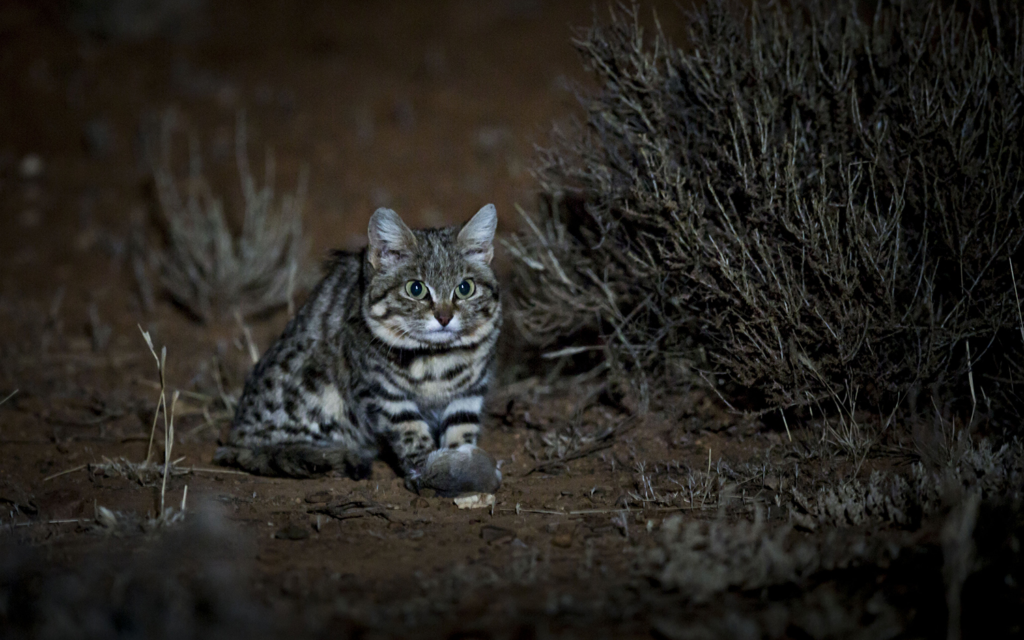
Tiny But Lethal
- Size: Only 2-4 lbs (one of the smallest wild cats)
- Hunting Success Rate: 60% (highest of any feline)
- Diet: Birds, rodents, and insects
Unique Behaviors
- Hunts 10-14 times per night
- Can leap 5 feet in the air to catch birds
- Nicknamed the “anthill tiger” for its fierce nature
4. Snow Leopards Can’t Roar

Mysterious Mountain Ghosts
- Habitat: Himalayas and Central Asia
- Vocalizations: They chuff, growl, and hiss but cannot roar
- Adaptations:
- Thick fur for -40°F (-40°C) temperatures
- Long tail for balance on cliffs
Conservation Status
- Estimated Population: 4,000-6,500 left in the wild
- Threats: Poaching, habitat loss, and climate change
5. Tigers Have Unique Stripes (Like Human Fingerprints)

Stripes as Identification
- No two tigers have the same stripe pattern
- Even shaved, their stripes remain on their skin
Subspecies of Tigers
- Bengal Tiger (India, Bangladesh)
- Siberian Tiger (largest, up to 660 lbs)
- Sumatran Tiger (critically endangered, fewer than 400 left)
6. The Sand Cat Thrives in Extreme Deserts

Survival in the Sahara
- Water Source: Gets moisture from prey (no need to drink)
- Paw Pads: Thick fur protects against scorching sand
Elusive Nature
- Rarely seen by humans
- Can survive -5°F to 126°F (-20°C to 52°C)
7. Jaguars Have the Strongest Bite Force of Any Big Cat
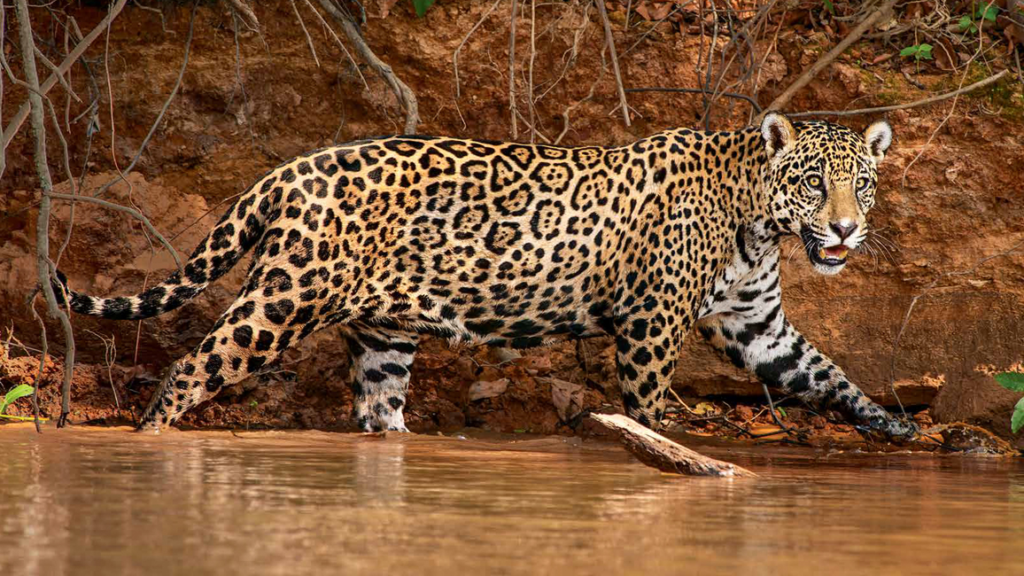
Powerful Hunters
- Bite Force: 1,500 PSI (compared to a lion’s 650 PSI)
- Hunting Method: Crushes skulls with a single bite
Cultural Significance
- Revered in Mayan and Aztec mythology
- Name means “he who kills with one leap”
8. The Fishing Cat is an Aquatic Hunter

Unique Adaptations
- Webbed feet for swimming
- Dives to catch fish, frogs, and crabs
Conservation Threats
- Habitat loss in Southeast Asia
- Fewer than 3,000 remaining
9. The Puma Has the Most Names of Any Wild Cat
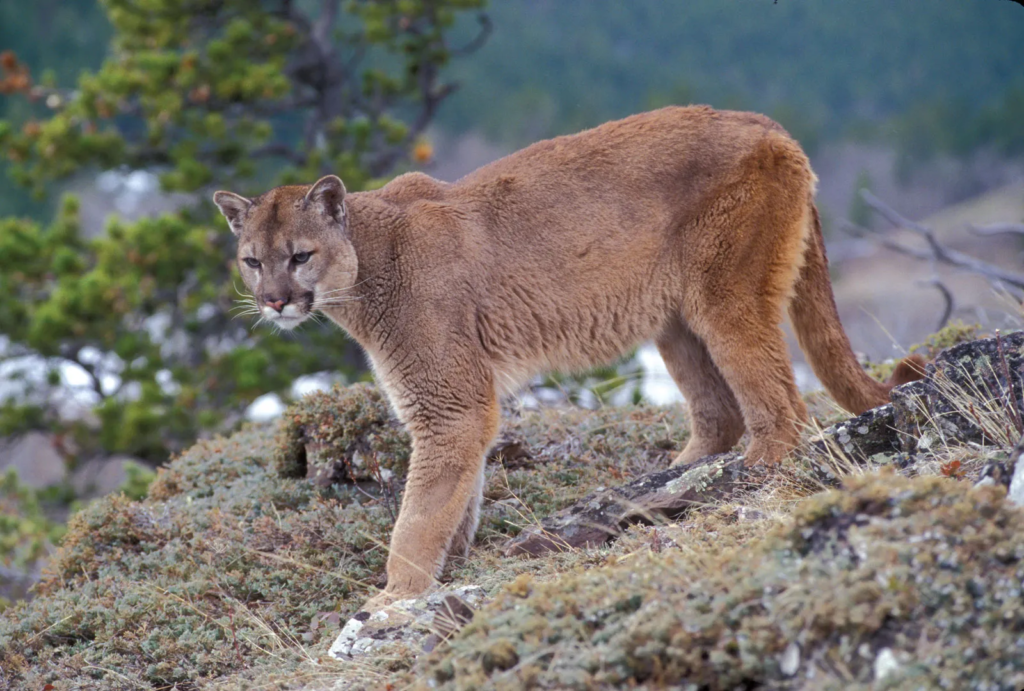
Regional Names
- Cougar (North America)
- Mountain Lion (Western U.S.)
- Panther (Florida)
Record-Breaking Jumper
- Can leap 18 feet vertically
- Found from Canada to Argentina
10. The Iberian Lynx Was Once the World’s Most Endangered Cat
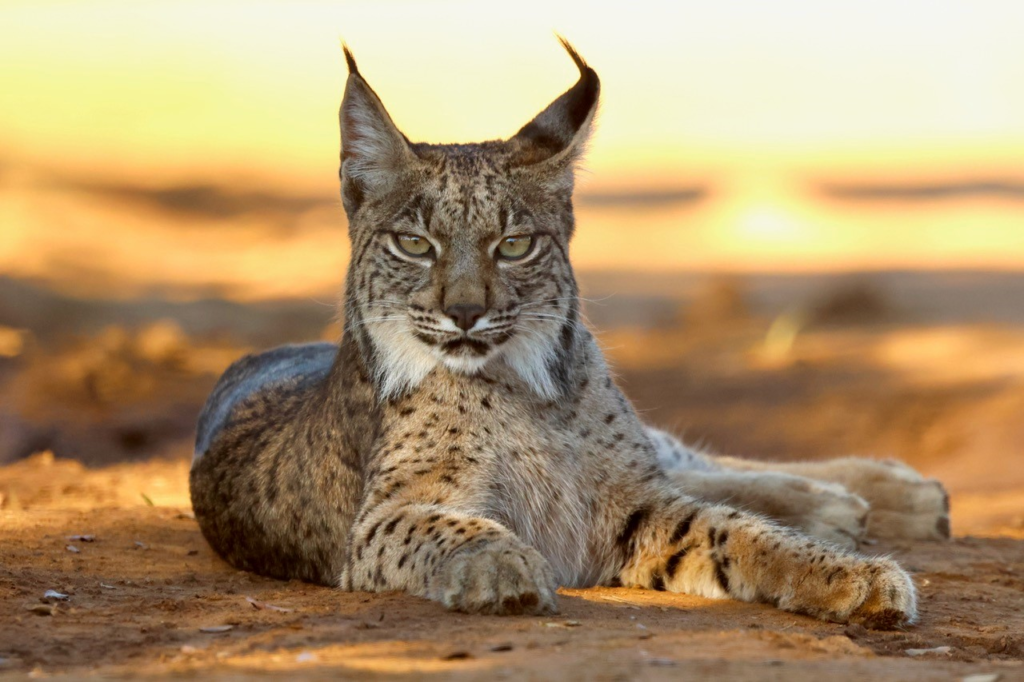
Recovery Efforts
- Population in 2002: Less than 100
- Today: Over 1,000 due to conservation
Specialized Diet
- Feeds almost exclusively on rabbits
11. The Clouded Leopard Has the Longest Canines Relative to Size

Saber-Toothed Cat Traits
- Canines: 2 inches long (proportionally longer than a tiger’s)
- Arboreal Lifestyle: Climbs trees headfirst
12. The Rusty-Spotted Cat is the Smallest Wild Cat

Miniature Predator
- Weight: 2-3.5 lbs
- Habitat: India and Sri Lanka
13. The Caracal Can Jump 10 Feet to Catch Birds
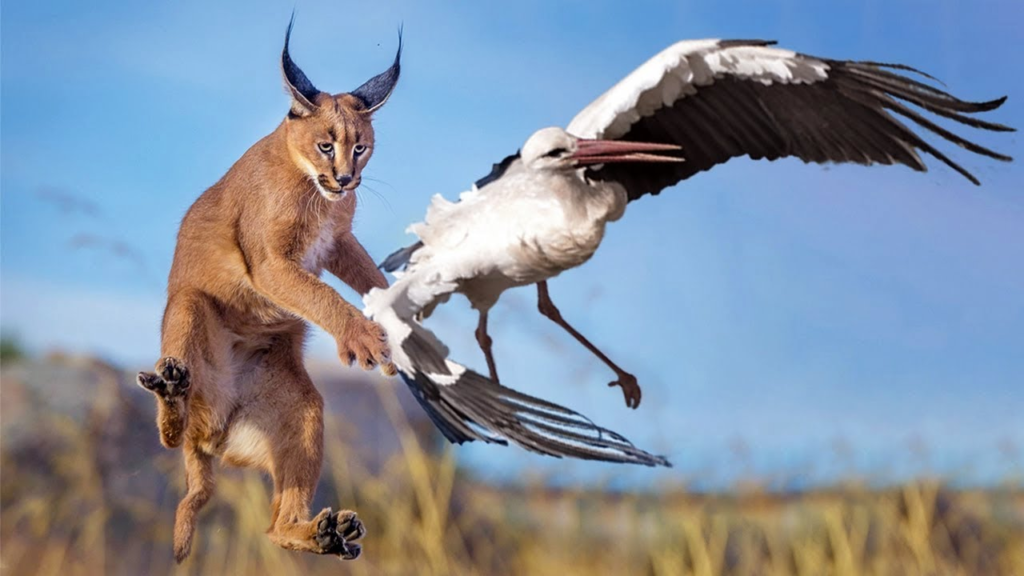
“African Lynx”
- Famous for mid-air bird catches
- Tufted ears enhance hearing
14. The Scottish Wildcat is Nearly Extinct
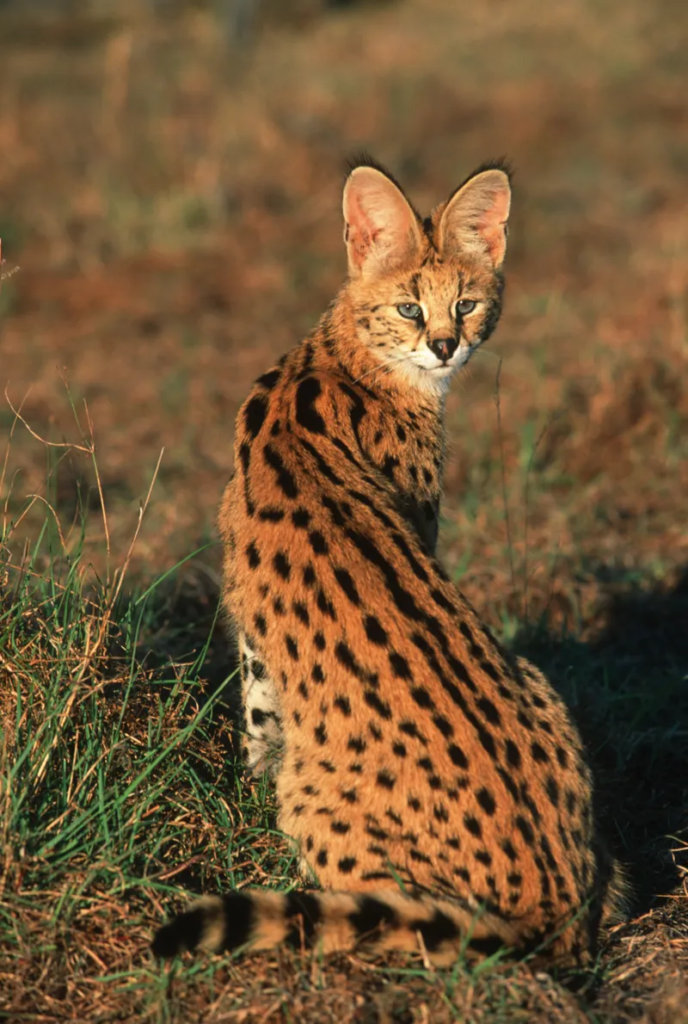
Last of the UK’s Native Cats
- Purebred population: Under 100
- Threats: Hybridization with domestic cats
15. Most Wild Cats Are Threatened by Human Activity
Major Threats
- Poaching (for fur and traditional medicine)
- Habitat destruction (deforestation, urbanization)
- Climate change (shrinking territories)
How to Help
- Support wildlife conservation organizations
- Reduce deforestation-linked products (palm oil, etc.)
- Educate others about wild cat preservation
Final Thoughts
Wild cats are not just symbols of wilderness—they are keystone species crucial for ecosystem balance. By understanding and protecting them, we ensure that future generations can marvel at these extraordinary creatures.
